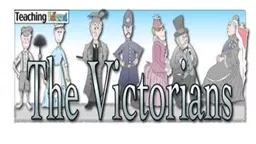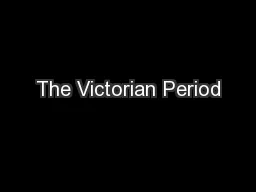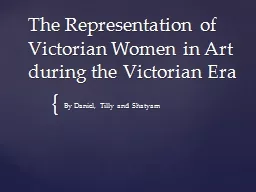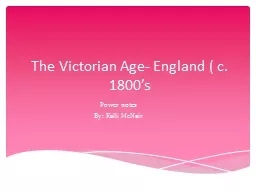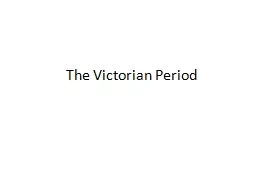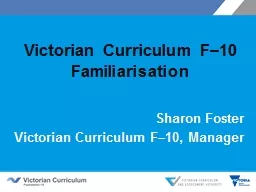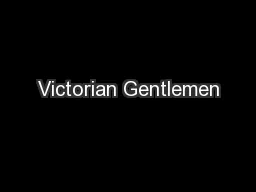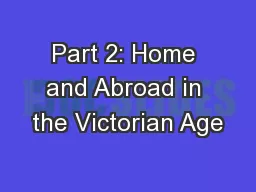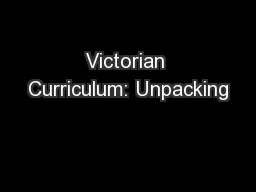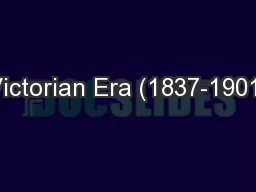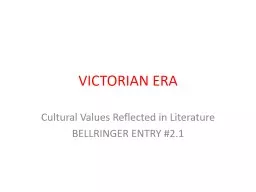PPT-Victorian times
Author : briana-ranney | Published Date : 2017-07-06
The Victorian times mean Victoria rules The time when Queen Victoria was on the throne She ruled for 64 years She was the longest reigning monic until Wednesday
Presentation Embed Code
Download Presentation
Download Presentation The PPT/PDF document "Victorian times" is the property of its rightful owner. Permission is granted to download and print the materials on this website for personal, non-commercial use only, and to display it on your personal computer provided you do not modify the materials and that you retain all copyright notices contained in the materials. By downloading content from our website, you accept the terms of this agreement.
Victorian times: Transcript
Download Rules Of Document
"Victorian times"The content belongs to its owner. You may download and print it for personal use, without modification, and keep all copyright notices. By downloading, you agree to these terms.
Related Documents

